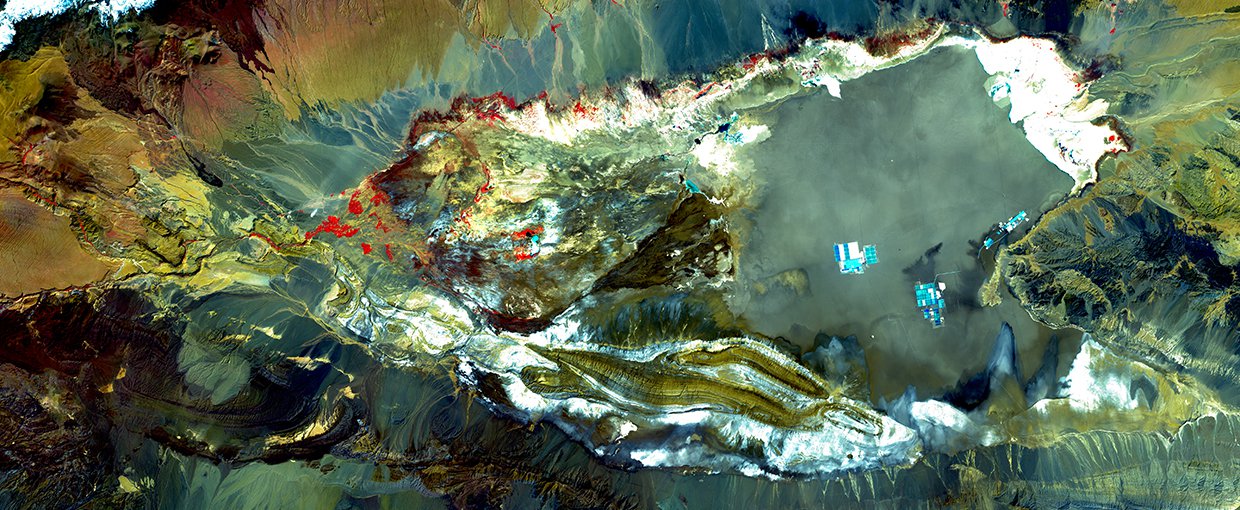
Scientists have revealed details of ecosystems in the high altitude Laguna La Brava, one of several lakes located in the Salar de Atacama of Chile. The Salar de Atacama is the largest salt flat in Chile, the second largest salt flat in the world, and the planet’s largest known and purest source of lithium. Microbial communities in La Brava survive under a range of extreme conditions, including high salinity, solar insolation, and levels of metals.
The team of researchers gathered data on benthic mats in the lake, including bacterial and archaeal diversity, biogeochemistry, and physiochemical characteristics. Comparisons were drawn between non-lithifying microbial mats, microbialites, and rhizome-associated concretions. The diversity of these systems was also related to environmental conditions. The results reveal unusual communities in terms of the abundance of community members, and suggest that novel pathways unique to the system could be responsible for carbon fixation.
The study, “Prokaryotic diversity and biogeochemical characteristics of benthic microbial ecosystems at La Brava, a hypersaline lake at Salar de Atacama, Chile,” was published in the journal PLOS: One. The research was supported in part by NASA Astrobiology through the Exobiology & Evolutionary Biology program.
